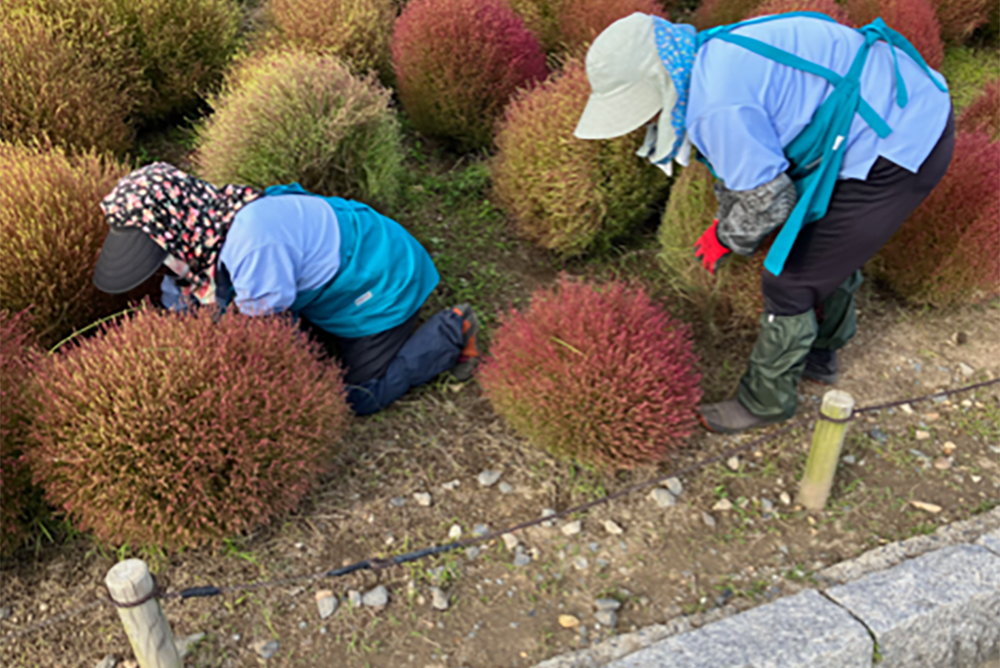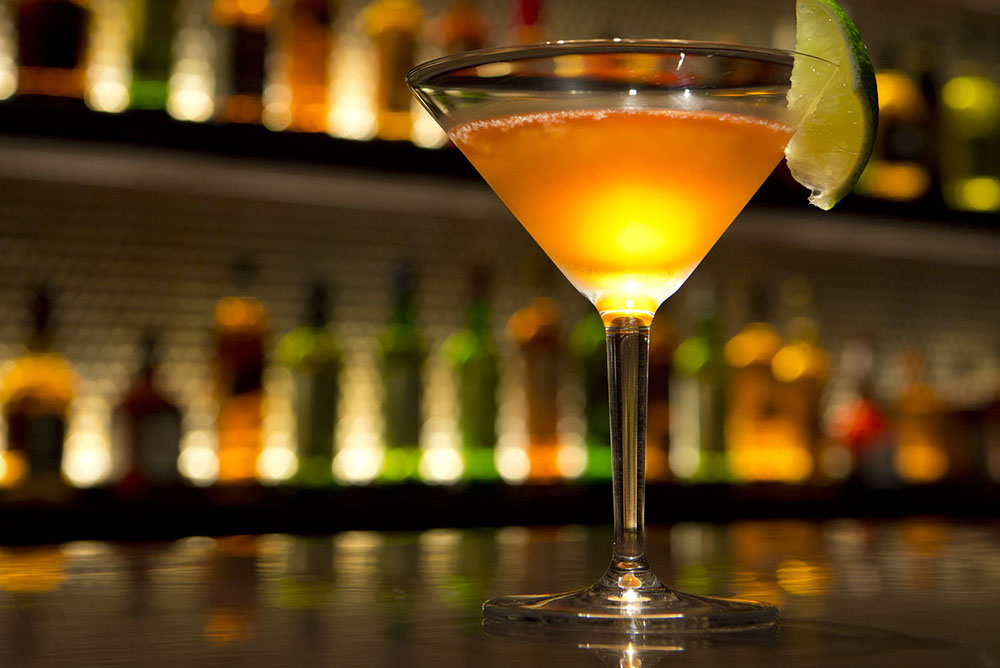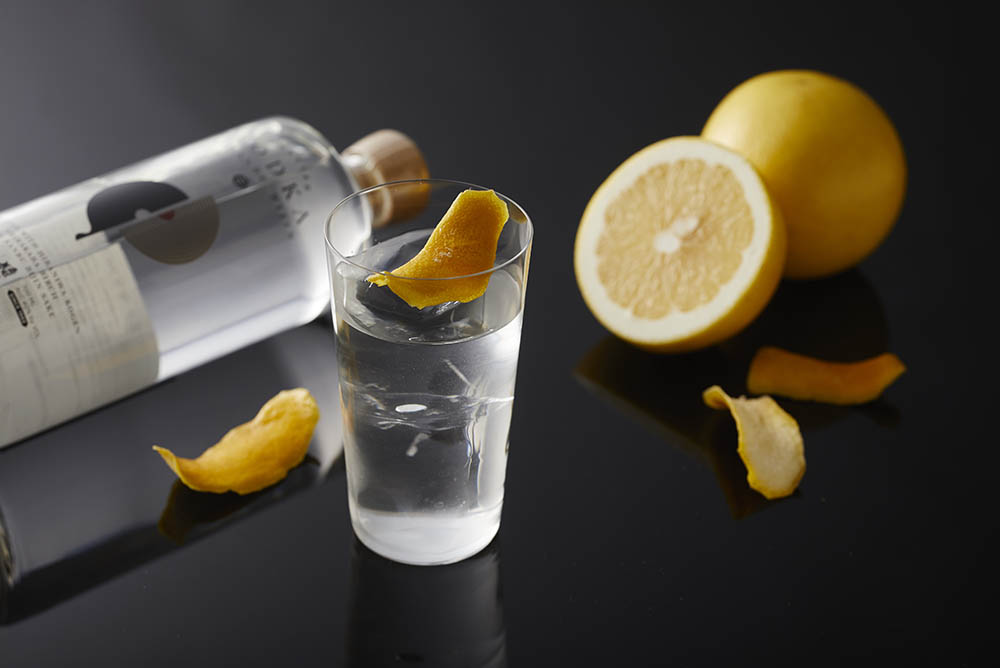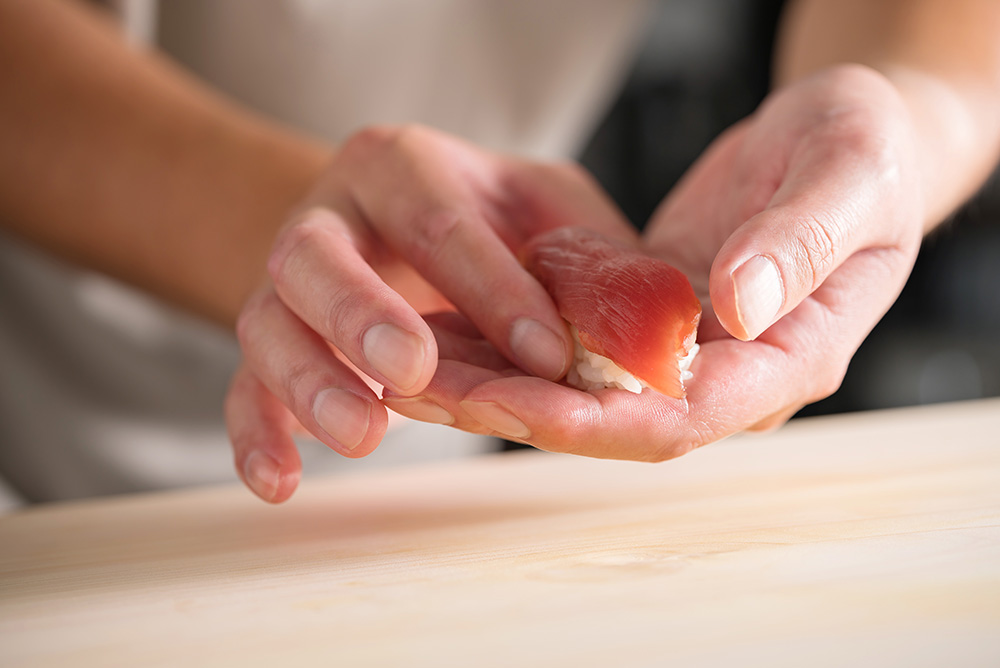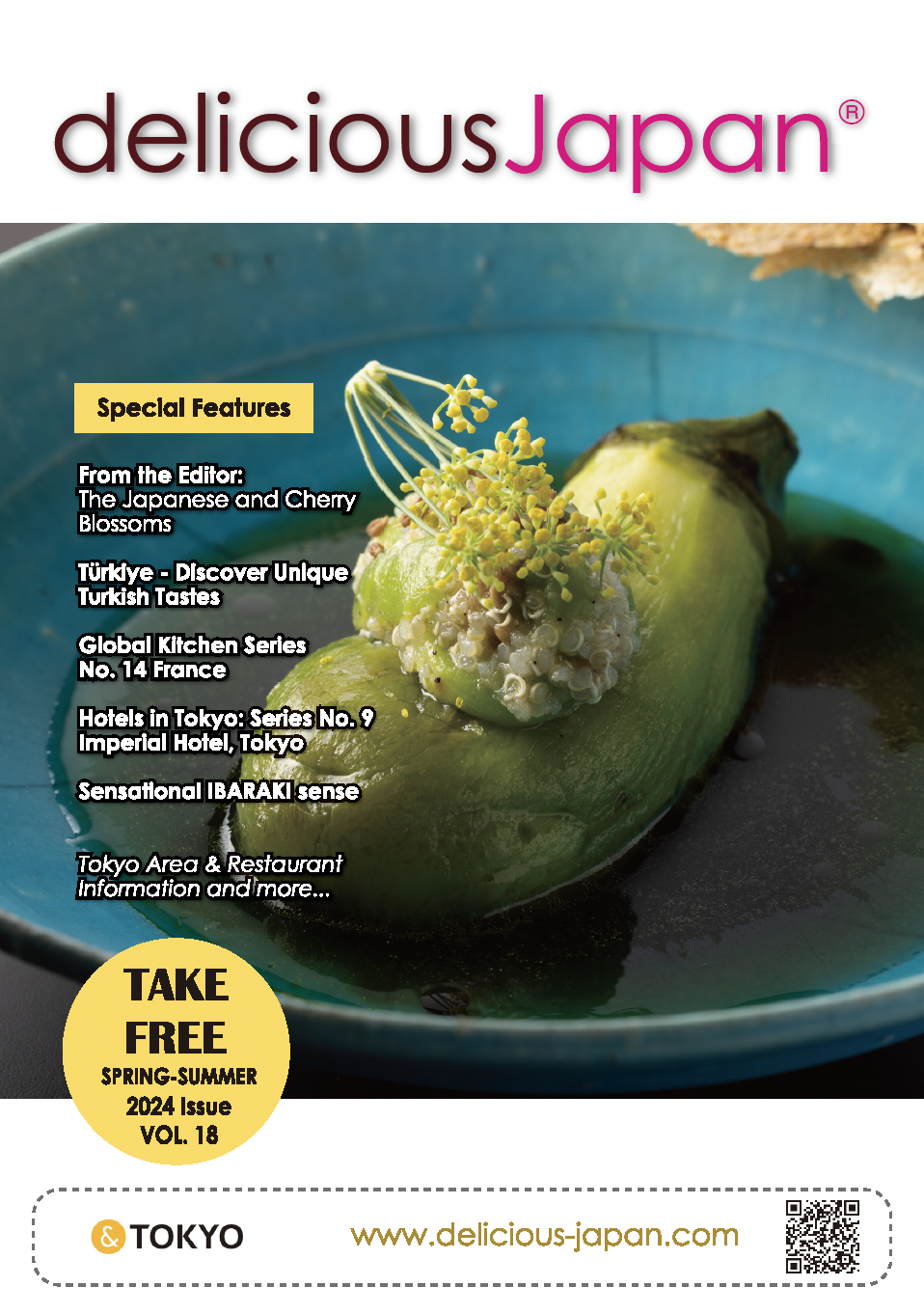
Cooks Who Pass on Japan's Culinary Traditions
Kinsaryu, Naoyuki Yanagihara
Together with his father, Kazunari Yanagihara, Naoyuki Yanagihara researches and teaches Japanese cuisine and chakaiseki at the Yanagihara Cooking School. The students study the basics of Japanese cuisine, such as how to polish rice, how to make dashi stock, how to cook rice in a hagama cooking pot, delicious serving presentations, and manners.

What is “Kinsaryu
It is a school of chakaiseki (dishes served before tea ceremony) called “kinsa ryori” that dates back to the Edo-era. The writers and artists of the time often held tea ceremonies, and prepared food for the ceremonies. This school was originally handed down by women, and it still retains some uniquely feminine cutting and presentation techniques. The way to llet a sh starts with inserting the knife along the backbone, according to the custom of Edo. But the school is looking for challenges in creating new dishes, rather than making Edo-era cuisine as it stood.
Why do you run a cooking school, rather than a restaurant?
During the war, we ran a restaurant inn. After that, there was a steady in ux of wheat-based culture, such as stew dishes. From the mid-1950s, my grandfather was saying “If it goes on like this, Japanese cuisine will collapse and the tradition will be lost”, so we started a cooking school, which was still unusual at the time. We are mainly teaching to housewives, because we want to retain and carry on Japanese cuisine as part of Japan’s culture.
I imagine the cooking depends on the ingredients, but how do you get the ingredients?
The freshness of the ingredients is extremely important in Japanese cuisine. I go to Tsukiji with my father to get ingredients for the school. We want to provide our students with ingredients that are good in that season, and fresh. If the sh are small, we try to provide whole fish. Other than being a place for shopping, Tsukiji is an information exchange to hear what’s good at the time. You can get sh and vegetables, with fresh ingredients coming in from all over Japan, so it’s easy to put together a menu.
Tsukiji is famous around the world, isn't it?
I have seen markets all over the world, but none can match Tsukiji. It’s number one in the world in size, the way it handles the food, and everything.
How do they handle the food?
The freshness of fish declines rapidly after they are caught. In the Edo era, there was no ice and no expanded polystyrene, so there were fixed rules for which side of the sh is exposed and what orientation it is placed in, to preserve freshness. The practice of placing fish with the head on the left originated at the Uogashi fish market by Nihonbashi. The side of the fish to be placed underneath was fixed as it was delivered from the fishermen to Nihonbashi, and to the restaurants and general public. There was no ice back then, so the sh tended to spoil rst from the side placed underneath. So, the fish started to spoil from the right, and the upper side of the body was on the left. Good restaurants only served the upper side. That is a preservation method that was first developed at Uogashi. After the war, when ice became available, the bottom ice to go under the sh, the top ice to put over the sh, and ice water, were developed. The way to use ice varies with the type of sh. Only Tsukiji and Japanese markets use the right kind of ice for each situation. Overseas, fish may be just stacked up in piles, but that never happens in Japan. The methods for carrying sh to restaurants and households at their freshest have been handed down since the Edo era. There’s the weight of over 70 years of history.
I heard that you worked in the galley of a Dutch sailing ship after you g
I wanted to go abroad and I had a connection there, so I spent a year on the ship. The reward was that I got to study a variety of foreign cuisines, including French, Spanish, and German. On a ship you get to all sorts of places. When we went to Spain, Spanish cooks came on board, and we made Spanish food. I was able to study various regional cuisines of Europe.
What did you gain from your experience on board?
That ship was a place to develop my nerve. I learned the pace, processes, and systems to cook for 150 people in one night. Sometimes we didn’t come back to port for a month. It’s really tough to buy provisions for a month and plan a menu for three meals a day for 30 people. I was taught book-keeping and how to make sure we didn’t run out of any of the ingredients. Before that, I had only studied Japanese cuisine, so it was good that I could study Western cuisines. At rst, I didn’t even know how to make cream sauce, so my study started from things like that.
You've published a lot of books, but are there any particularly popular recipes?
Nikujaga (meat and potato stew) is delicious, and it's popular. Shogayaki (meat stir fried with ginger) is also popular. I make it with wine and soy sauce. Everyone wants to make "osechi ryori" (intricate dishes to celebrate New Year) and they never have the nerve to try, but I’m always asked to put it in recipe books. I think a book with osechi ryori like black beans and datemaki (rolled omelette) would sell well. People tell me that once they try how we make it, they can’t buy it elsewhere any more. I aim for cookery that people who really want to make it can get right.
What is your dream, or your vision of the future?
Japanese cuisine in the home is now getting less common. I want to increase the amount of Japanese cuisine in households. I want mothers and fathers to deepen their knowledge of Japanese cuisine, and I want children to get to know its avors from an early age. It's not the kind of food you suddenly start eating as an adult. You think it tastes good because you've been eating it from childhood. If we don't do that, the culture of Japanese cuisine will collapse. It's about nurturing children's sense of taste. I want as many children as possible to get to know Japanese cuisine. Without that, cooks will not have the skills either.
As a personal goal, I'd like to teach foreigners the essentials of Japanese cuisine and make more opportunities for them to come into contact with it. I want to make more opportunities to welcome foreigners to Japanese cuisine classrooms. Japanese people stay in France to study at Cordon Bleu, and in the same way, people should come to Japan to study Japanese cuisine. I don't think you can study it without using Japanese ingredients and feeling Japan's seasons while you cook. That's why I'd like to make a facility to welcome foreign students.

